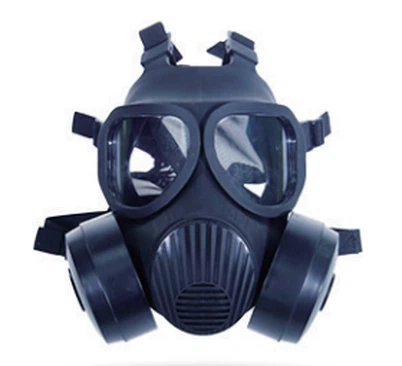Classification standard for Class A protective clothing
Leave a message
A-level protective suits are specialized protective clothing designed to protect against a variety of hazardous materials and chemical substances. These suits are categorized based on their level of permeation resistance, or the ability of the material to prevent the penetration of chemical and biological agents.
There are several different classification schemes for A-level protective suits, but one of the most commonly used is the NFPA 1991 standard. This standard classifies protective suits into three different categories: vapor-protective (Class 1), liquid-splash protective (Class 2), and liquid-tight protective (Class 3).
Vapor-protective suits are designed to protect against hazardous airborne particles, vapors, and gases, and must meet stringent standards for permeation resistance. They are typically used in situations where the wearer is exposed to known airborne hazards, such as in the event of a chemical spill or release.
Liquid-splash protective suits are designed to provide protection against liquid-based hazards, such as splashes of corrosive chemicals or bodily fluids. These suits offer a lower level of permeation resistance than vapor-protective suits, and are commonly used by medical professionals, laboratory workers, and first responders.
Liquid-tight protective suits are the most advanced A-level protective suits, offering the highest level of permeation resistance against both vapor and liquid-based hazards. They are typically used in highly contaminated environments, such as during chemical clean-up operations or hazardous waste remediation.
Overall, A-level protective suits are an essential tool for any worker who is exposed to hazardous materials or chemical substances. By selecting the appropriate suit based on the specific hazards and requirements of a given situation, workers can help ensure their safety and promote a positive and productive work environment.






